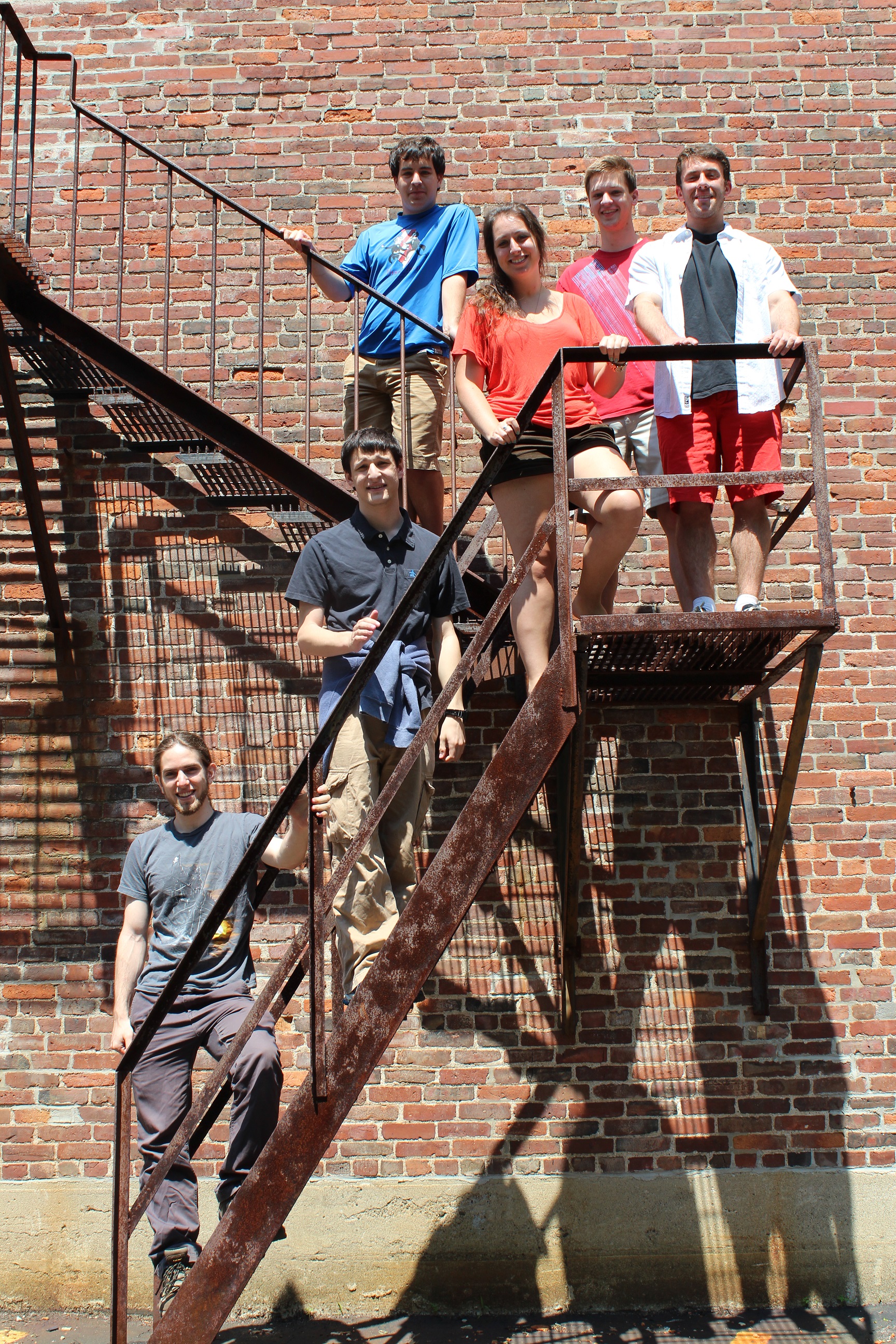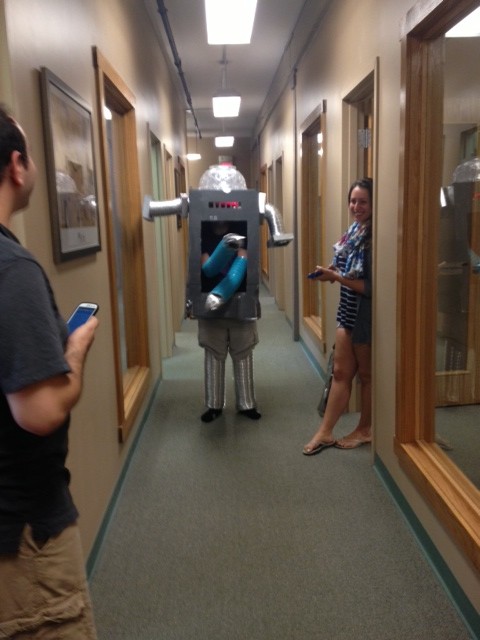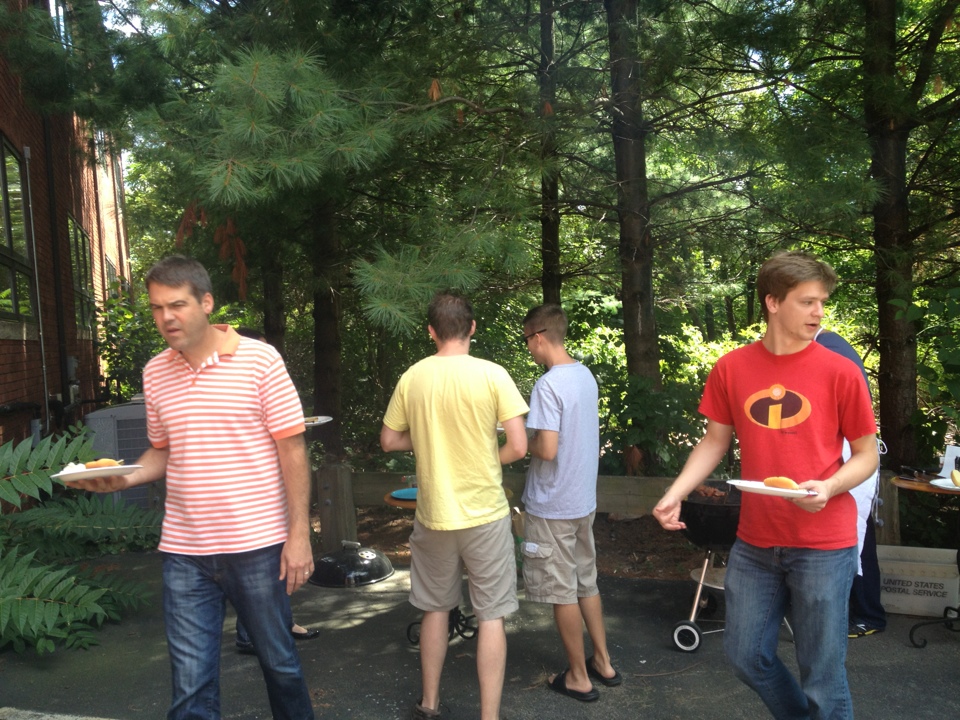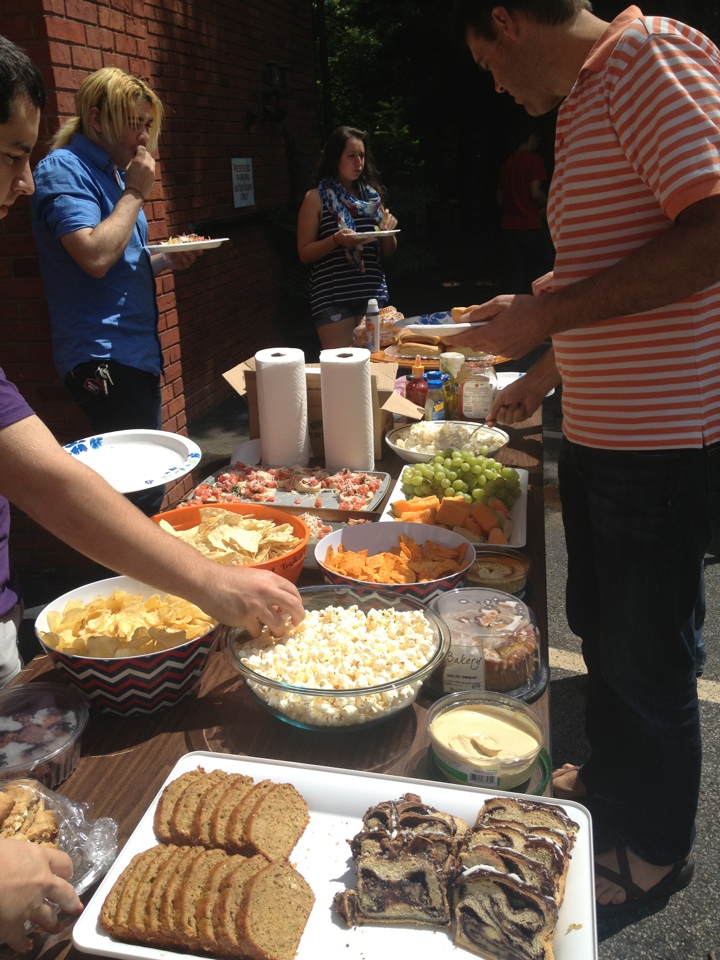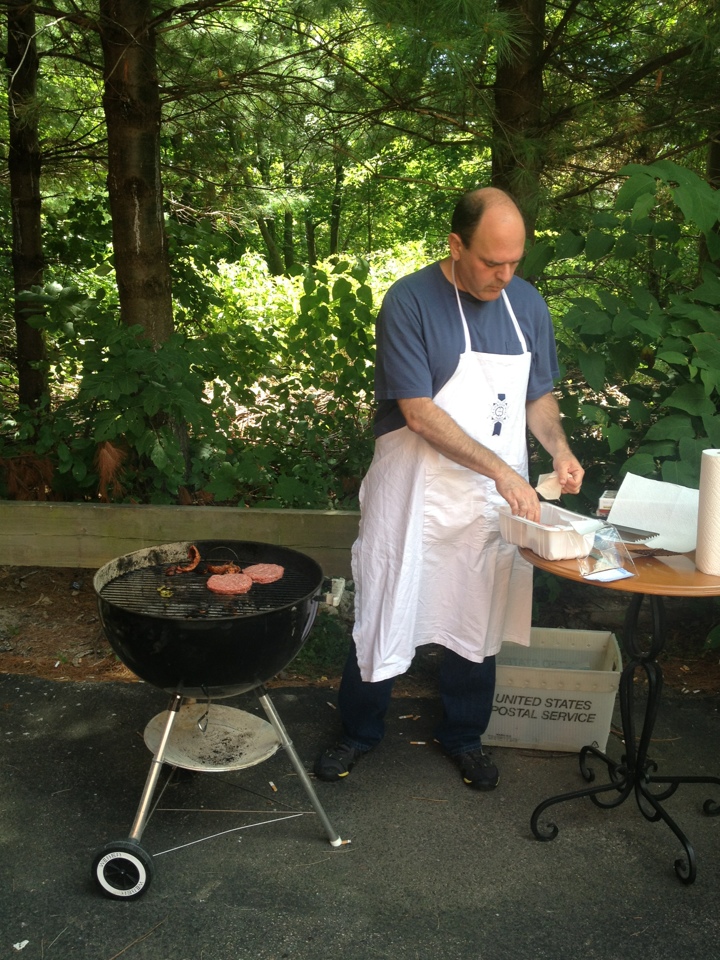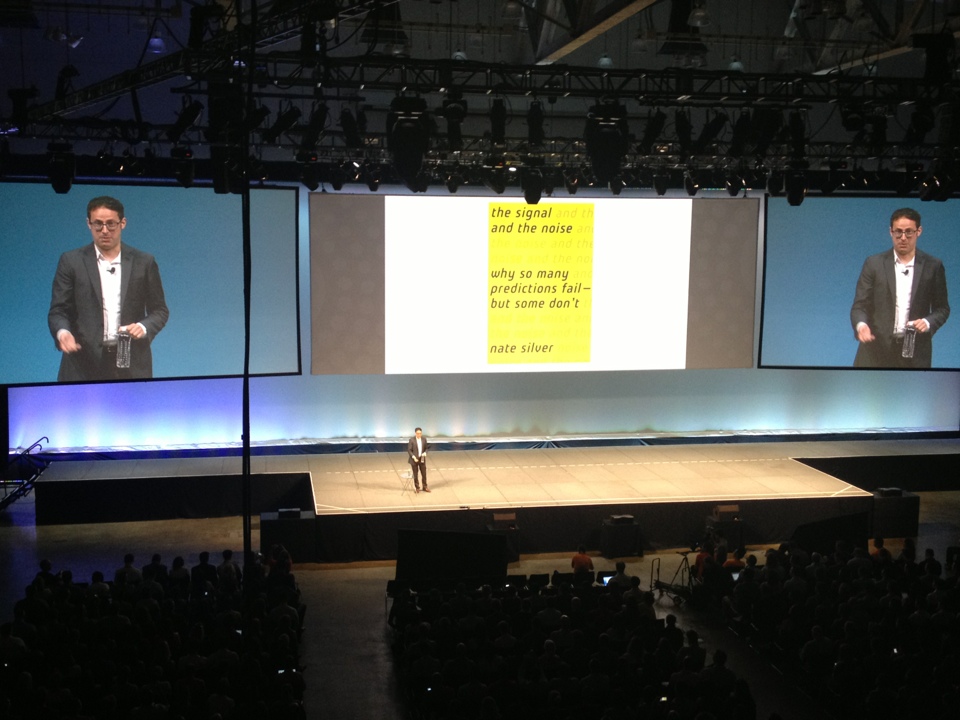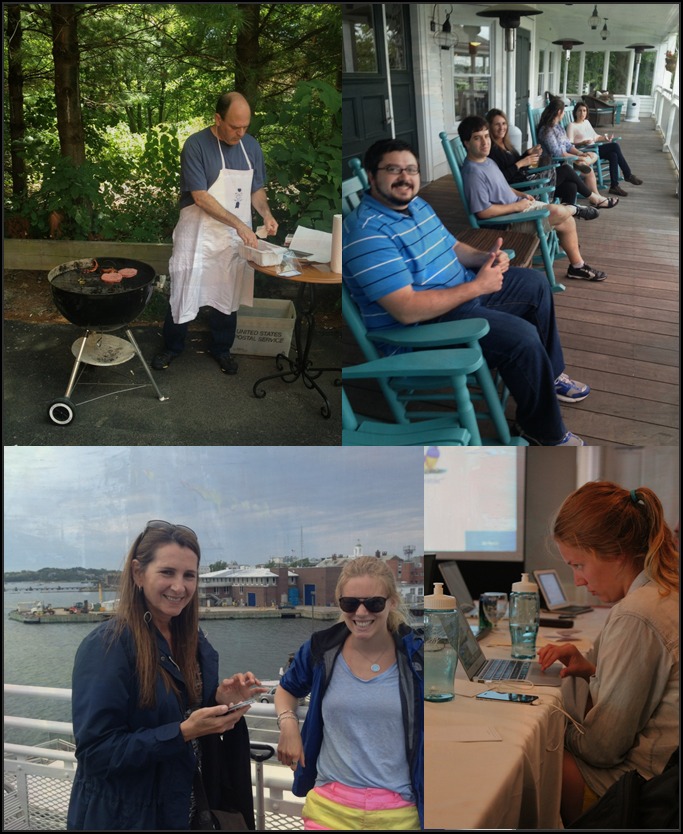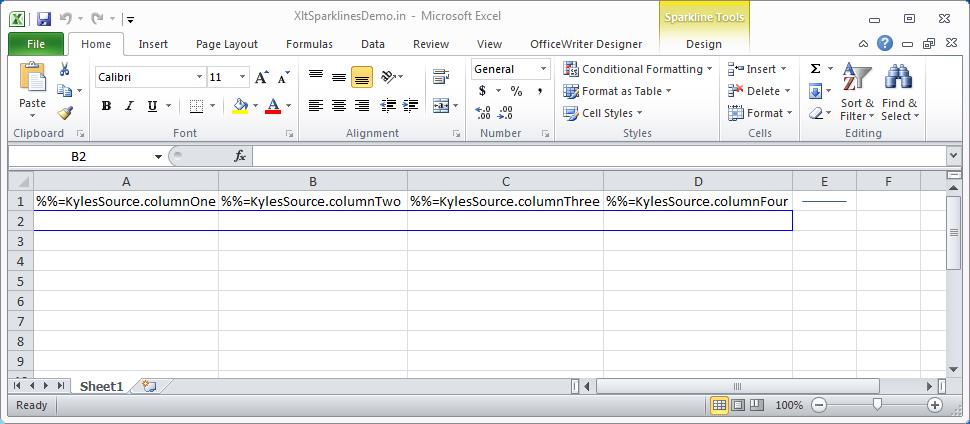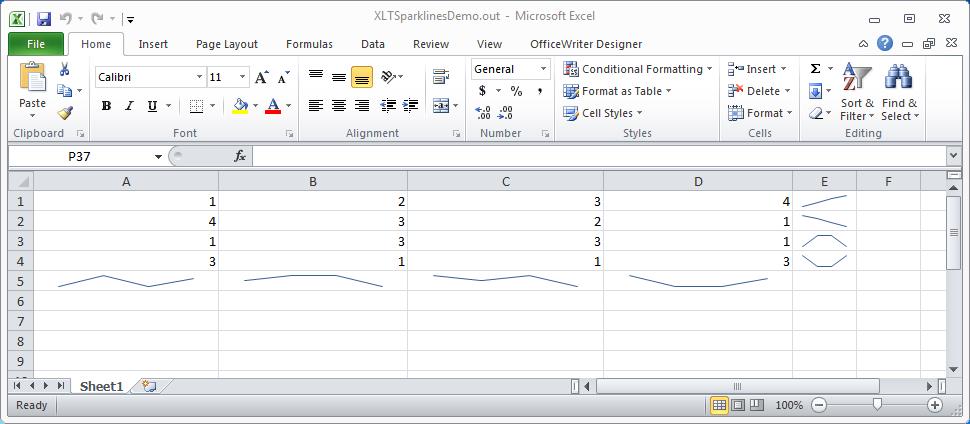[Stories from the Women in Tech Trenches is a series of posts exploring the personal stories of real women in technology. Every woman in tech overcame, at the very least, statistical odds to be here; this blog series aims to find out why, and what they found along the way. This week we met up with Emma Ideal, an author, physicist, and inspirational woman in tech. If reading her story inspires you to share yours, please email me.]
![Photo Credit: Harold Shapiro]()
Photo by Harold Shapiro
Emma Ideal received a Bachelor’s degree in physics from UCLA in 2009 and is now in her fifth year of doctoral studies in physics at Yale University. She is working on a thesis in particle physics, performing a search for the elusive Standard Model Higgs Boson at CERN’s Large Hadron Collider located near Geneva, Switzerland.
Questions:
1.) You’re doing ground-breaking work in particle physics at CERN at the Hadron Collider, especially at an exciting time in physics as the Higgs Boson particle is gaining more worldwide recognition. Can you tell us a little about that?
As you say, I landed in graduate school at a very good time! The Higgs Boson is a fundamental particle that was theorized to exist in 1964, so it’s taken almost 50 years to find evidence of its existence. The Higgs is an unstable particle, meaning quickly after its production, it “decays into” other particles. Therefore, we discover the Higgs Boson not by observing the Higgs itself, but by observing these daughter particles. There are many different particles the Higgs can decay into, and my research focuses on particles called taus. These are essentially heavier versions of the familiar electron. The discovery of the Higgs Boson gives us insight into how the various fundamental particles have acquired mass (and are therefore not whizzing around our universe at the speed of light!).
2.) You just recently authored the book, Blazing the Trail: Essays by Leading Women in Science, a collection of essays of renowned female physicists, engineers, and chemists – can you tell us a little about that? How did the idea come about and what inspired you to do it?
In April 2011, I flew halfway around the world to South Africa as a U.S. delegate to the 4th International Conference on Women in Physics. There, I stumbled upon a workshop focused on methods for attracting girls to physics. A member of the Indian Academy of Sciences presented on his book Lilavati’s Daughters, a compilation of essays written by female Indian physicists. I was inspired to create an analogous book for an American audience, where essayists describe what brought them to the sciences, recount gender-related issues they’ve faced and have overcome, and give advice to the next generation on how to successfully launch a career in the sciences today. Readers will have a look into what a physicist’s life is really like, see that science is fundamentally about curiosity and asking (and finding answers to!) hard questions, and discover how attainable success is with the right attitude and work ethic. In addition, many young women can feel isolated in the career and gender challenges they face, and my hope is that from reading the essays within they see that, in fact, they are not alone!
We all know there is a gross under-representation of women in most sciences, and in particular physics. Blazing the Trail: Essays by Leading Women in Science was created to inspire a new generation of young women to consider careers in STEM, attacking this problem of under-representation at its root. It’s being sold for no-profit on Amazon!
3.) Whom do you look to as mentors and/or sources of inspiration?
The most long-term role model I’ve had is my older brother. I recall so vividly when he was in second grade and I was in kindergarten, and my mother would sit down with him to do math flash cards (I would watch intently). I could not figure out for the life of me why I was so much slower than my brother at solving the problems! I was determined to catch up. My brother’s academic and career success has always pushed me to achieve my own.
My Ph.D. thesis advisor, Professor Sarah Demers, is also a huge source of inspiration to me. She successfully oversees four graduate and four undergraduate students, while raising two young children at home with a husband who is also an academic! We have had (many!) conversations on balancing career and domestic responsibilities, the challenges faced by dual-academic-career couples, and gender-specific setbacks she, her peers, and other women in science throughout history have experienced.
4.) Can you take us back to your “eureka!” moment—a particular instance or event that got you interested in STEM?
I was a third-year undergraduate in physics at UCLA, when I attended a colloquium on neutrino oscillation. I had heard of neutrinos before, but I knew little if anything about them. Neutrinos are fundamental particles, and quite the elusive type. Trillions of them are passing through your body as you read this, but you probably don’t feel them! They hardly interact with our universe, so “catching” a glimpse of one is quite difficult. To add to the oddity, there are three “flavors” of neutrinos—electron, muon, and tau—and as they whiz around the universe, they apparently change flavor. What I took from this colloquium: particle physics was for me. I’ve never turned back! Moreover, taking the particle physics course, I learned that there are six quarks: up, down, top, bottom, charm, and strange. I concluded that particle physicists must have a good sense of humor.
5.) Growing up, did you have any preconceived perceptions of the tech world and the kinds of people who lived in it?
Absolutely. The terms “nerd,” “bookworm,” and “introverted” come to mind. And well, I’m all of these things, and I’m proud to say so! People in tech, and STEM more broadly, are problem solvers. They take complex, difficult problems and think about ways to break them down to make them more manageable and solvable. This not only requires technical and mathematical competence but also critical thinking skills and an unbreakable persistence! I knew that a gender imbalance existed, and continues to exist, in STEM, but physics was too intriguing to let that scare me away…
6.) What led you to this career path? When did you first start working with tech? Was it by choice?
Growing up, I was an athlete. Softball, basketball, soccer, tetherball, dodgeball—you name it, I was on the field, court, or rink. Most of the time, I was playing and competing with boys. My belief was: “He can do it, I can do it too…and better.” I loved challenges, held high expectations of myself, and had a great love of learning. Physics was the most challenging subject I could think of! It helped also that my father, a high school math teacher, would give me math workbooks every summer that would prepare me for the academic year ahead; I adored these workbooks. I found comfort in the objectivity of science and mathematics, which stood in stark contrast to the subjective nature of the arts and humanities.
7.) Did you experience any personal or systemic setbacks at any point of your academic or professional career?
I have thus far been fortunate that the challenges I have faced have not been too overwhelming. Academically the hardest challenge I faced was Yale’s physics qualifying exam. Ph.D. candidates have to take a comprehensive exam in their second year, testing their broad knowledge of the field. Needless to say, it was difficult. I failed the first time but was given the opportunity to take it again the following year. That year, two close friends tragically passed away, and my grandfather succumbed to lung cancer. Getting through the emotional turmoil was only part of the struggle, and studying for the exam only stressed me out more. I started to experience air hunger, which caused me to frequently gasp for air, and I gained an unhealthy amount of weight because I was leading a sedentary lifestyle. However, I managed to knuckle down and pass the exam that year. I learned methods for dealing with stress and how to better manage my time. Now, being on the other side of this exam I believe that if I survived that, I can survive anything in graduate school.
8.) How do you balance the rigors of academic life, co-authoring a book, and finding time for outside activities?
I think different people work best in different ways. I have found that I am most efficient when I focus for a couple of hours on one activity, then the next couple of hours on another. I also change work environments; since my research requires only a computer, I can be productive from home or in an office. I have also practiced browsing at the web (Facebook, news, random Google searches…) only when preparing and eating a meal or in the evening time. I find that varying my activities actually helps me be more productive in my research. Often times when I’m stumped in my research, turning my attention to something less left-brain-taxing is a useful trick—I come back to my research a few hours later refreshed and with new ideas.
9.) Do you have any suggestions for how to get more girls interested in STEM? Is this important to you?
Science is truly about curiosity, and we are all born curious creatures. As young children we look around at our environment; ask “what,” “why,” and “how”; and use all the senses available to us to come to an understanding. So, if we all have similar beginnings, then why is there such a considerable gender asymmetry in STEM?
For many years we have propagated distinct gender roles for women and men. Men were typically the breadwinners, and women were more often housewives. Cultural inertia prevents us from rapidly balancing the scales. I think the home is the place where we can make the most progress toward building a society that expects both men and women to be equal contributors to STEM. We should foster an environment where both our sons and daughters are engaged in critical thinking, encouraged to perform academically, and supported in their studies of whichever topics they find interesting, regardless of whether it fits gender stereotypes. As a woman in STEM, I hope by showing my (future) daughters how much I enjoy what I do, they would consider a similar path for themselves!
10.) Do you have anything to add that you haven’t had a chance to mention?
To aspiring scientists: You will inevitably experience times that are challenging, that have you mentally banging your head against a wall, and that will likely have you asking the question, “Am I really smart enough to be a scientist?” The answer is yes. Don’t give up easily when it comes to something you love. Passion, hard work, and persistence are a winning combination.
![]()

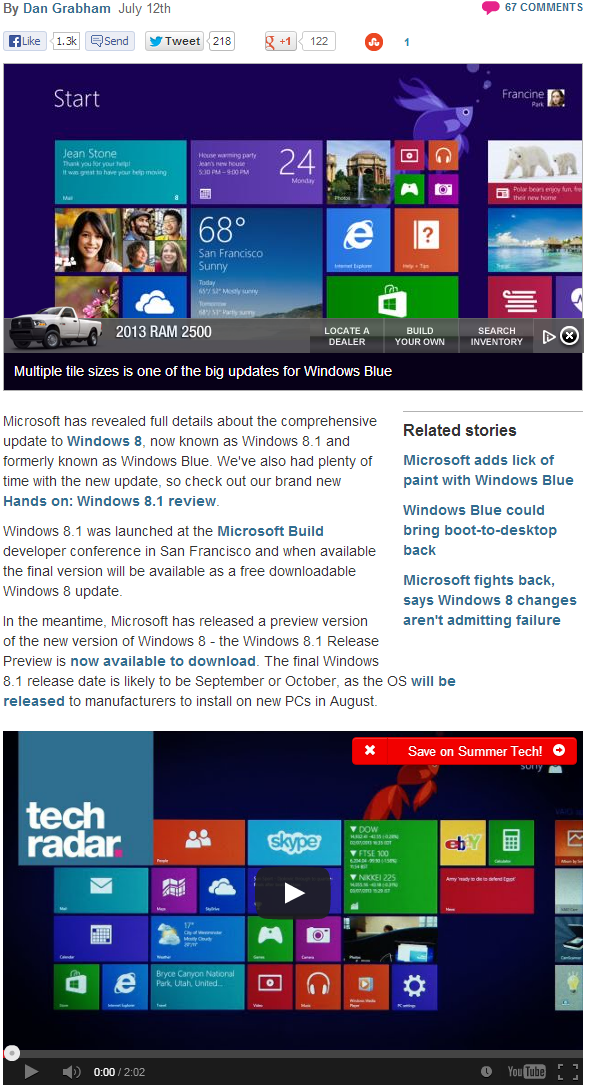

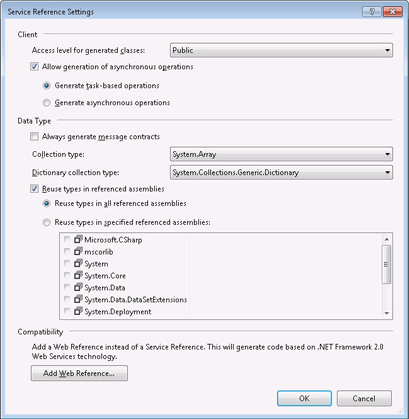


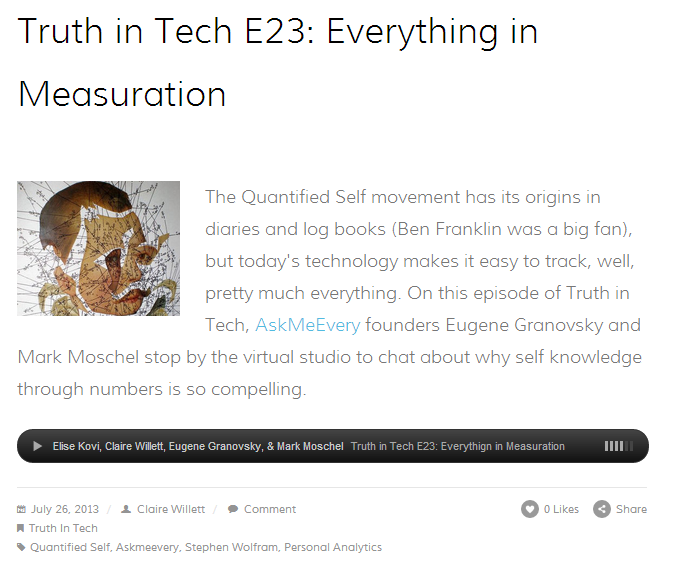


 Step 2: Keep your resume awesome
Step 2: Keep your resume awesome Step 3: Get the interview
Step 3: Get the interview
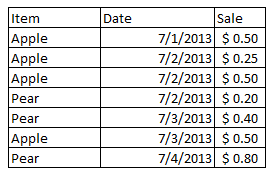
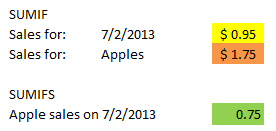
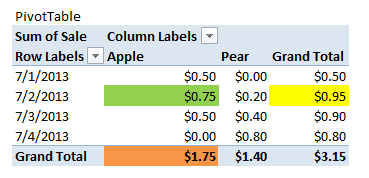
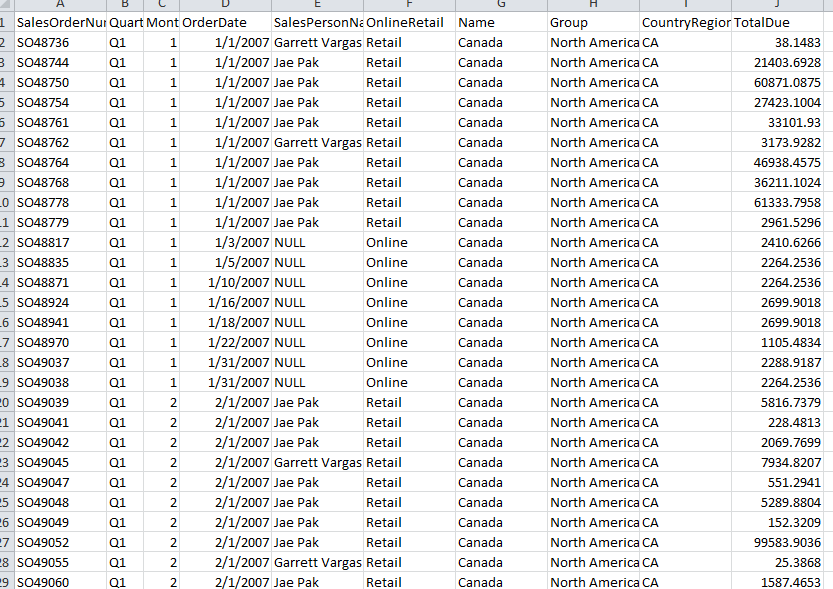
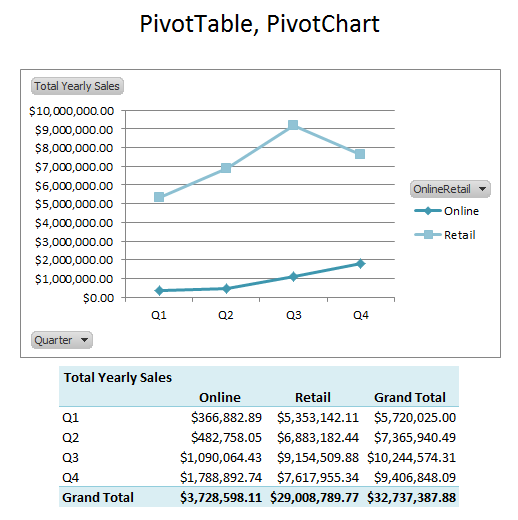
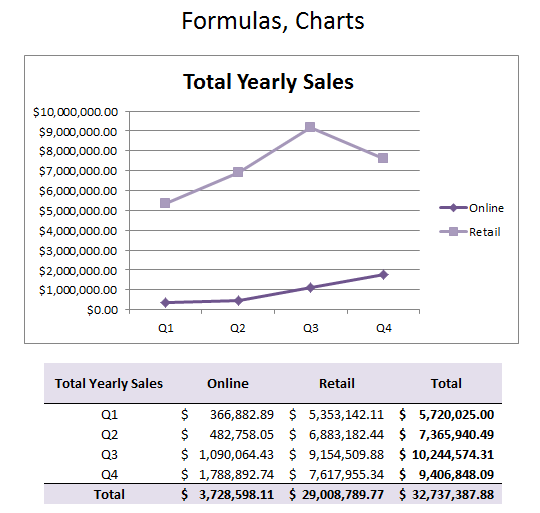

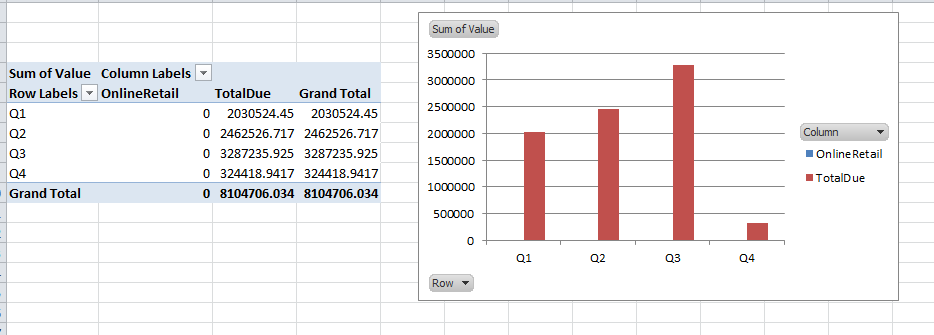
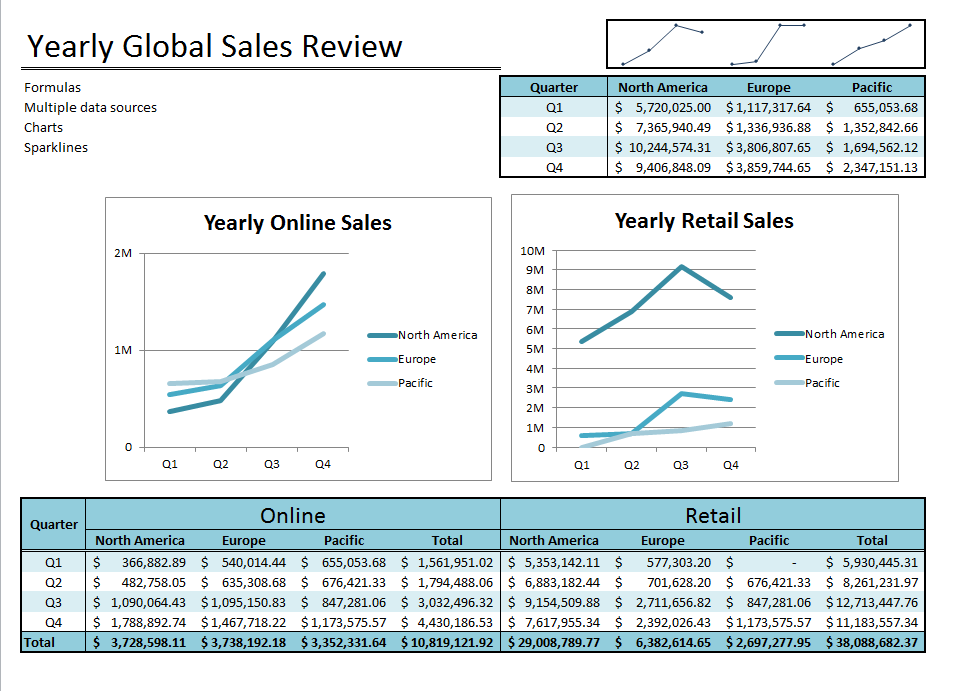
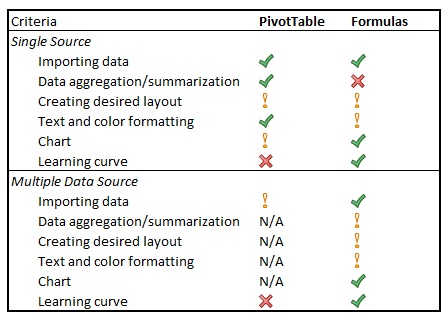








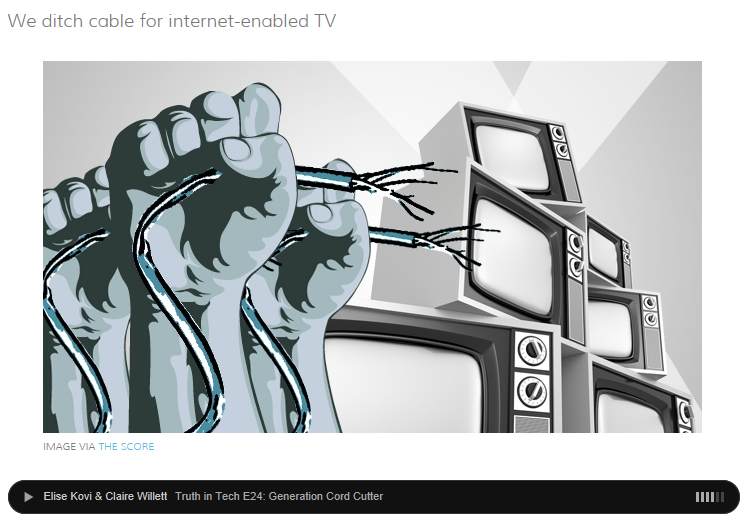


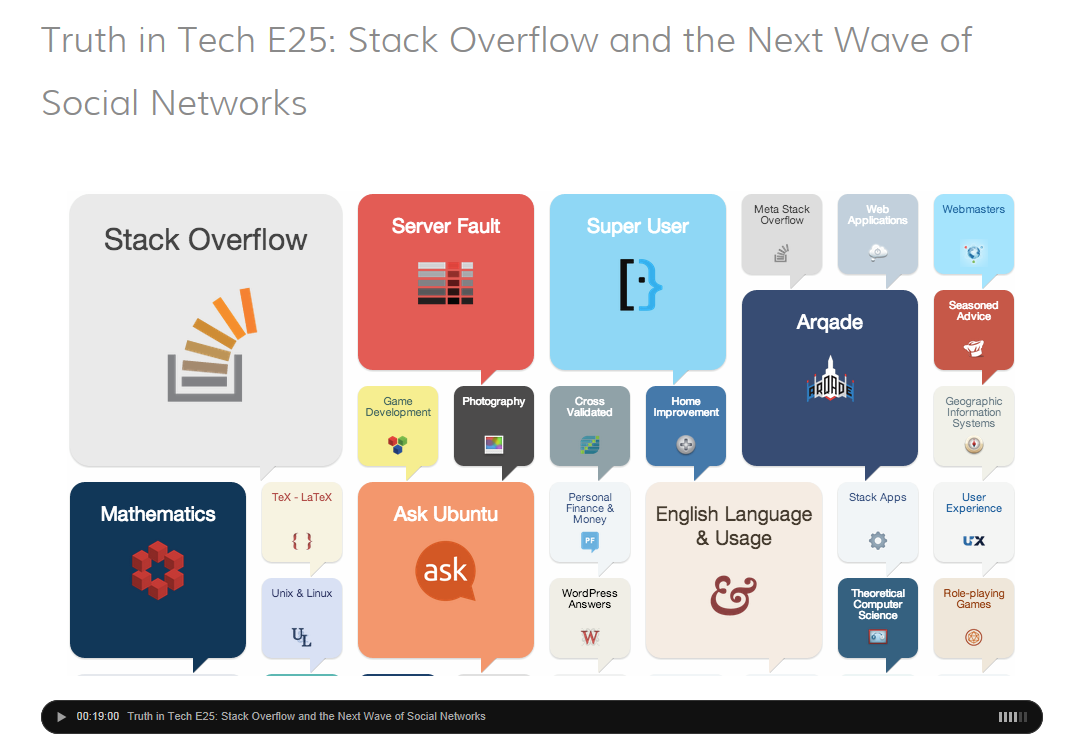

 Once a week I snoop around the office, bothering my coworkers with questions on what they’re reading, listening to, consuming, or any other random inquiries of which I’d like to subject them. Sometimes they even respond.
Once a week I snoop around the office, bothering my coworkers with questions on what they’re reading, listening to, consuming, or any other random inquiries of which I’d like to subject them. Sometimes they even respond.



